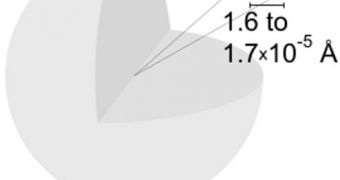In a first-of-its-kind scientific study, researchers managed to calculate the exact energy of molecular hydrogen, using nothing more than a quantum computer. This is one of the earliest pieces of evidence and proofs-of-concept related to the new technology, which is currently being researched around the world, as an alternative to existing methods of constructing computers. In addition to breaking new technological grounds, the achievement allows a glimpse into a future where quantum computers could be used in materials sciences, quantum chemistry, cryptography, and many other fields, PhysOrg reports.
“One of the most important problems for many theoretical chemists is how to execute exact simulations of chemical systems. This is the first time that a quantum computer has been built to provide these precise calculations,” Harvard University Assistant Professor of Chemistry and Chemical Biology Alan Aspuru-Guzik says. He is also the author of a new study detailing the findings, which appears in the latest issue of the respected scientific journal Nature Chemistry. What the quantum computer did was essentially create a molecular simulation of hydrogen, and then calculate the possibilities.
Aspuru-Guzik's team of theoretical chemists collaborated closely with a group of experimental physicists from Australia, based at the University of Queensland in Brisbane, and led by Andrew White. The experimental design of the project was developed at Harvard, as were key calculations related to the simulation. The Australian team built the actual computer that was used for the investigations, and ran the experiment itself. “We were the software guys, and they were the hardware guys,” the Harvard professor reveals.
This type of investigations cannot be conducted on regular computers, experts say. “Because classical computers don't scale efficiently, if you simulate anything larger than four or five atoms, […] it becomes an intractable problem very quickly. Approximate computations of such systems are usually the best chemists can do,” Harvard research assistant in chemistry and chemical biology James Whitfield, also an author of the journal entry, explains.

 14 DAY TRIAL //
14 DAY TRIAL //